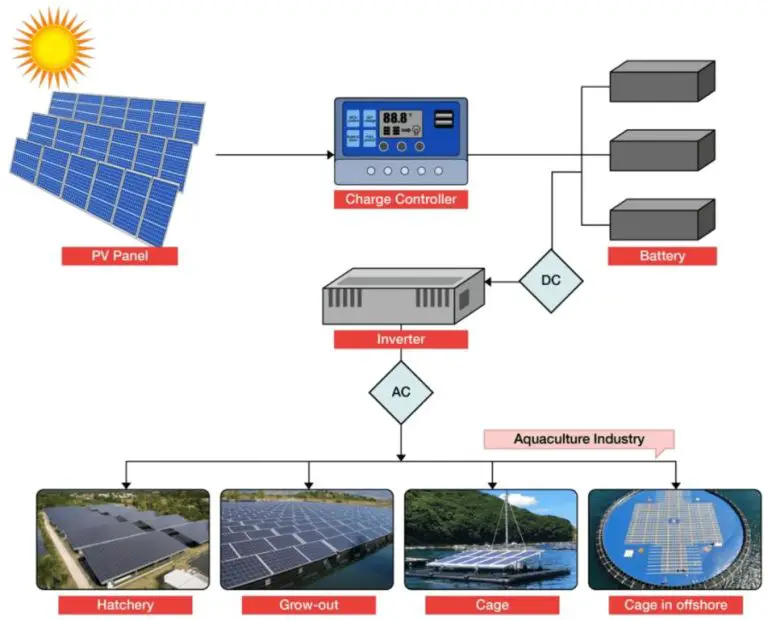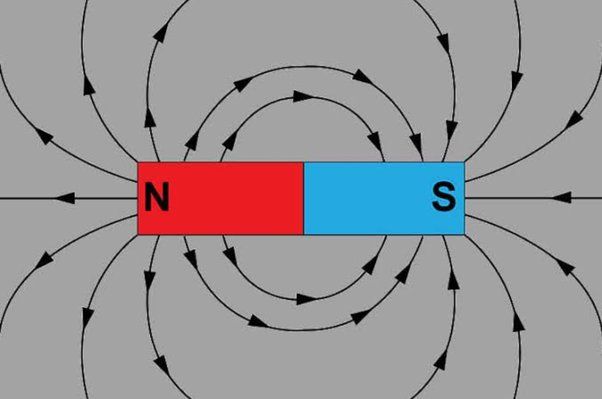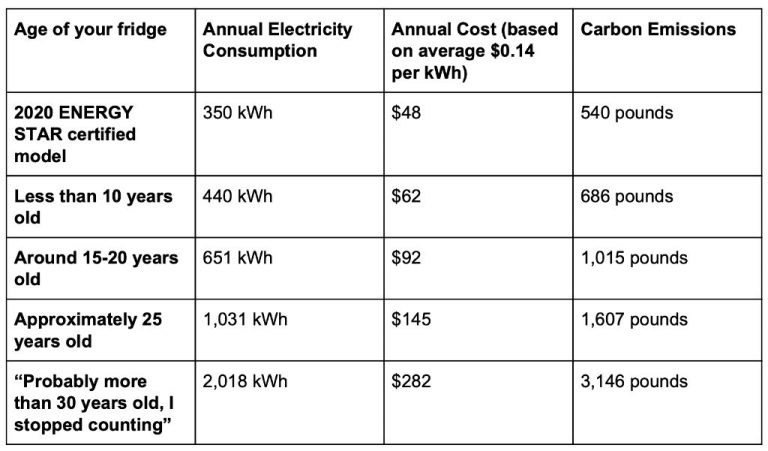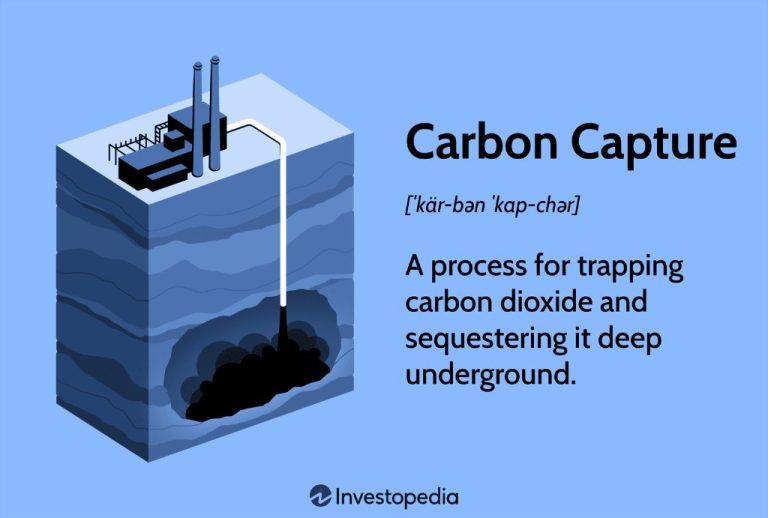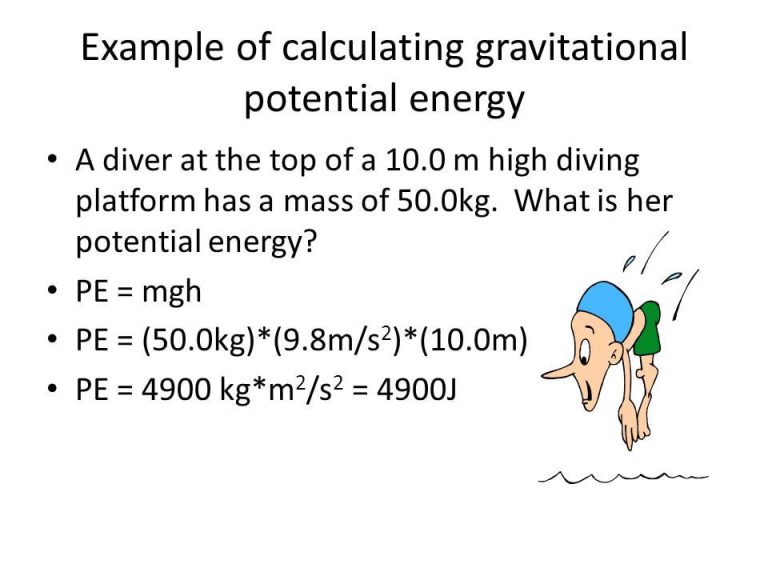What Can 1 Megawatt Hour Do?
A megawatt hour is a unit of electrical energy equal to the amount of power used by one megawatt for one hour. Put simply, it is a measurement of how much electricity is consumed over time. The goal of this article is to provide examples of what can be powered by 1 megawatt hour of electricity in different sectors like households, manufacturing, commercial buildings, and more. This will give readers a practical understanding of this unit of energy measurement.
Household Usage
The average American household uses about 10.6 megawatt hours (MWh) of electricity per year according to the U.S. Energy Information Administration. This is equivalent to about 877 kilowatt hours per month or 29 kilowatt hours per day. Areas with more extreme weather conditions tend to use more electricity for heating and cooling needs. For example, households in the South use an average of 12.8 MWh annually, while households in the Midwest use 9.8 MWh.
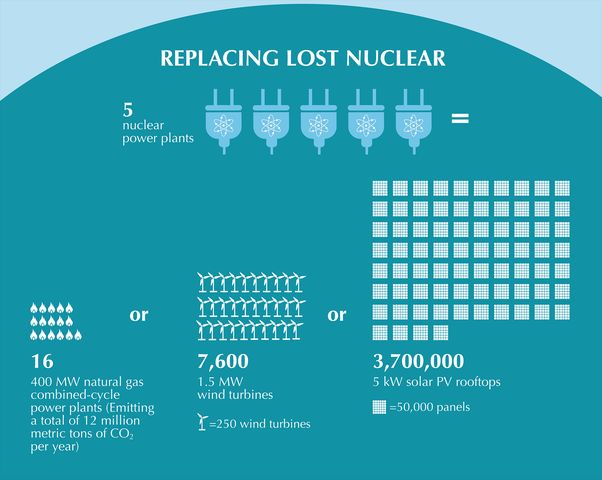
Looking at more granular statistics, the typical single family home has an average electricity consumption of about 7-8 MWh per year. Multifamily homes such as apartments and condominiums use less on average, around 4-5 MWh annually. Larger homes with more occupants, appliances and electronics will be on the higher end of these ranges.
With approximately 128 million households in the United States, total residential electricity consumption is around 1.4 billion MWh per year according to Department of Energy data. This represents a significant portion of the country’s overall electricity usage across all sectors.
Powering Home Appliances
A megawatt hour (MWh) of electricity can provide power to many household appliances for an extended period of time. Here are some examples:
Refrigerator
The average refrigerator uses around 300-400 kWh per year. This means 1 MWh of electricity could power a refrigerator for 2.5 to 3 years.
Washing Machine
A typical washing machine uses around 150 kWh per year. 1 MWh could run a washing machine for over 6 years.
Clothes Dryer
Clothes dryers use approximately 700-900 kWh per year. 1 MWh could operate a clothes dryer for 1-1.5 years.
Dishwasher
Dishwashers consume about 300 kWh annually. A single MWh could run a dishwasher for over 3 years.
LED Light Bulbs
LED light bulbs use around 10-15 kWh per year. 1 MWh could power over 60 LED light bulbs for a year.
Charging Electric Vehicles
1 MWh of electricity could charge a significant number of electric vehicles. The energy consumption of electric cars varies based on battery size and efficiency, but a general estimate is that most require 0.25-0.35 kWh per mile driven. This means 1 MWh could charge approximately 3,000-4,000 miles worth of electric car travel. For a typical electric vehicle with a 250 mile range, 1 MWh would be enough to fully recharge 12-16 cars. As electric vehicle adoption increases, the charging infrastructure required to support it will need a massive amount of energy. Just one MWh would keep a dozen electric cars running for a couple weeks!
Manufacturing
One megawatt hour can power many important industrial processes in manufacturing facilities. Here are some examples:
-
Smelting processes in metal production – 1 MWh can smelt over 300 kg of aluminum or 130 kg of copper.
-
Machining operations like milling, grinding, and drilling – 1 MWh can machine over 2000 kg of steel or 800 kg of titanium.
-
Plastic injection molding – 1 MWh can produce around 150,000 plastic bottles or 80,000 plastic buckets.
-
Food processing like baking, freezing, and canning – 1 MWh can bake 12,000 loaves of bread or freeze over 1500 kg of food.
-
Textile manufacturing like spinning, weaving, and sewing – 1 MWh can spin over 800 kg of yarn or weave 5000 m of fabric.
So in summary, 1 MWh provides critical energy for key industrial and manufacturing processes that produce the products we use every day.
Office Buildings
Office buildings have significant electricity needs to power lighting, elevators, heating and cooling systems, and office equipment. A midsize office building may use around 5,000 MWh per year. That means 1 MWh could cover about 0.02% of an average office building’s annual electricity usage.
Specifically, 1 MWh could power:
- The lighting needs of a 10,000 square foot office for 1-2 months
- 2 elevators running for 2 weeks
- The heating and cooling for a 20,000 square foot office for 1-2 days
- Around 200 desktop computers for a month
While 1 MWh may not seem like a lot for a full office building, it can make a significant dent in certain systems like lighting or heating/cooling for a period of time. When scaled up to gigawatt hours, the impact is much more substantial. Overall, understanding how much power office buildings use shows the massive amounts of electricity required to keep today’s offices running smoothly.
Powering Hospitals
Hospitals require significant amounts of electricity to power critical medical equipment and ensure operations run smoothly 24/7. One megawatt hour of electricity could power the average hospital for around 4-6 hours.
Major electricity uses in hospitals include lighting, heating and cooling systems, medical equipment like MRI and CT scanners, ventilation systems, and IT equipment for patient records and building operations. Operating rooms in particular have high electricity needs to run specialized surgical tools and equipment.
A medium-sized 200 bed hospital may use around 3-5 megawatt hours of electricity per day. So one megawatt hour could cover about 20% of that hospital’s electricity usage for a day. While hospitals rely on backup diesel generators for emergency power, their normal operations depend heavily on the grid electricity supply.
Ensuring hospitals have a reliable electricity supply is crucial for patient health and safety. One megawatt hour of electricity can help a hospital perform critical functions like lighting, heating, medical procedures and life support for 4-6 hours – keeping patients comfortable and healthy.
Powering Schools
Schools often use significant amounts of electricity to power lighting, computers, kitchen appliances, and heating and cooling systems. An average primary school in the US consumes around 125,000 kWh per year. This means that 1 MWh could power a primary school for about 2.5 days.
For larger schools with more students and facilities, electricity usage is even higher. A typical high school may use over 500,000 kWh annually. So 1 MWh could meet a high school’s electricity needs for about half a day.
College and university campuses tend to have the highest electrical loads, sometimes exceeding 5 million kWh per year for a medium-sized campus. One MWh would only power a university for around 3 hours. The extensive lighting, large buildings, and student housing contribute to these high electricity demands.
In summary, while 1 MWh may not power an entire school for very long, it could help meet a portion of the electrical needs for thousands of students on a typical school day.
Powering Data Centers
Data centers use enormous amounts of electricity. In fact, data centers accounted for about 200 TWh of electricity use globally in 2020. That’s more than 1% of the world’s total electricity consumption.
To put that in perspective, 1 MWh of electricity could power a typical 2,000 square foot data center for about 30 minutes. So a single megawatt hour could keep a data center running for a short period of time before backup generators or batteries would need to kick in.
Some estimates suggest that the largest hyperscale data centers today can use over 100 MW on their own. Facebook’s data center in Prineville, Oregon required 138 MW of power capacity when it opened in 2011. Google’s data center in Council Bluffs, Iowa used 115 MW of power in 2009.
So while 1 MWh doesn’t sound like much compared to the enormous appetite of the world’s data centers, it represents a useful benchmark for comparison. Knowing how much power data centers consume enables operators to plan electricity supply, cooling, and energy efficiency measures effectively.
Conclusion
One megawatt hour of electricity is a significant amount of energy that can power many critical needs. Household appliances, electric vehicles, manufacturing plants, office buildings, hospitals, schools, and data centers all rely on electricity to function. While the exact usages vary, 1 MWh provides enough electricity to meet the demands of hundreds of homes, thousands of devices, or large facilities for an hour. This amount of energy reflects the importance of electricity in our modern society and economy. Whether for personal, commercial or industrial needs, 1 MWh helps keep homes comfortable, businesses productive and the essential services we depend on running smoothly.

